When most people think of Asian aromatics, they conjure up images of tea. Vietnam, however, is known throughout the world for its coffee production and café society.
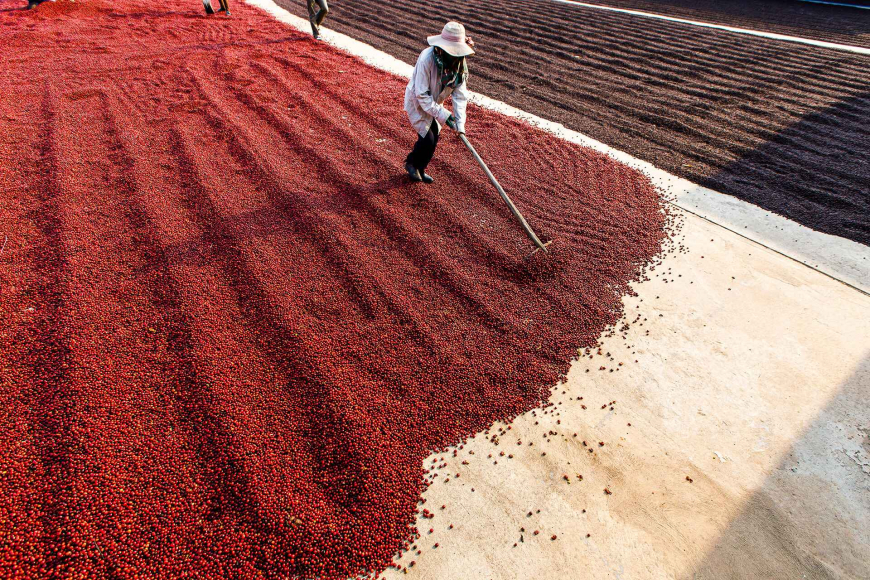
Vietnam’s Central Highlands is the home for growing the potent Robusta coffee bean (which is, in fact, the seed of a bright red coffee cherry). This prized bean has much to do with Vietnam’s vaunted status as a coffee capital, as Robusta has less acidity, more antioxidants and twice as much caffeine as the Arabica variety.
In fact, coffee is among Vietnam’s major global export commodities. Right up there with seafood, rice, cashews and rubber. Only Brazil exports more coffee globally than Vietnam.
If there’s a coffee hub in the Central Highlands, it’s hands down Kon Tum (the capital city of the Kon Tum Province), near Laos and Cambodian borders.
Dubbed the “Kingdom of Coffee,” the Dak Ha District alone (just north of downtown Kon Tum) has over 22,000 acres (an area of over 9,000 hectares) of coffee trees. Needless to say, with serious production comes serious consumption—the Vietnamese love their coffee. But with a caveat.
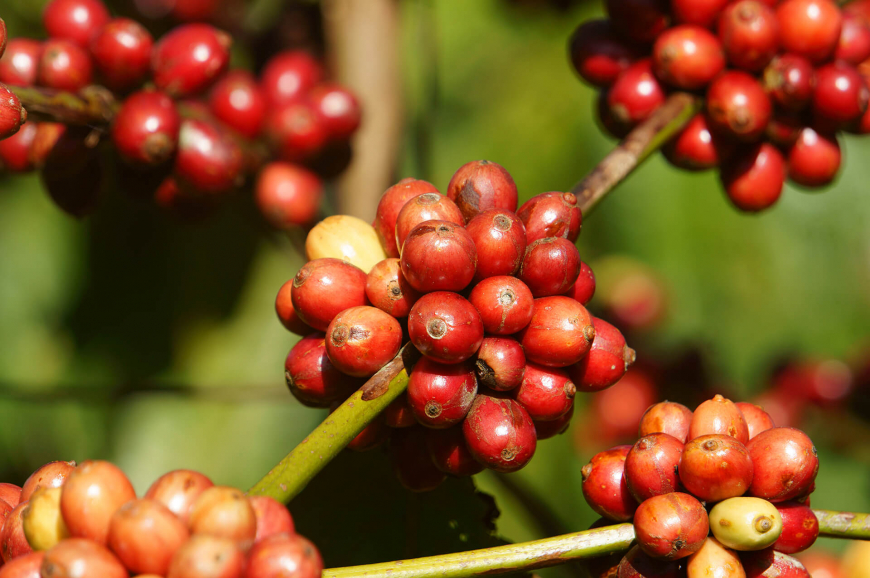
Unlike their western counterparts, Vietnamese don’t drink coffee alone (nor do they eat alone). It’s a cultural thing. Therefore, the café or cà phê (in Vietnamese), is the hub, the watering hole—an oasis for social interaction.
Kon Tum is mountains, rivers, forests, hot springs, exotic wildlife as well as relic sites. It also offers up plenty of sightseeing attractions: There’s the Kon K’lor house (an architectural wonder, built on stilts with its axe-blade-shaped thatched roof), The Wooden Church (built in 1913), the Kon K’lor suspension Bridge (shaped to resemble a T’rung lute—a traditional bamboo pipe of the region), The Mang Den ecotourism area (forests, streams, waterfalls and flowers) and Chu Mom Ray National Park (which shares the border with Laos and Cambodia and is home to thousands of flora and fauna species). But at the end of the day (or the start of the morning), coffee and cafés are what makes Kon Tum hum.
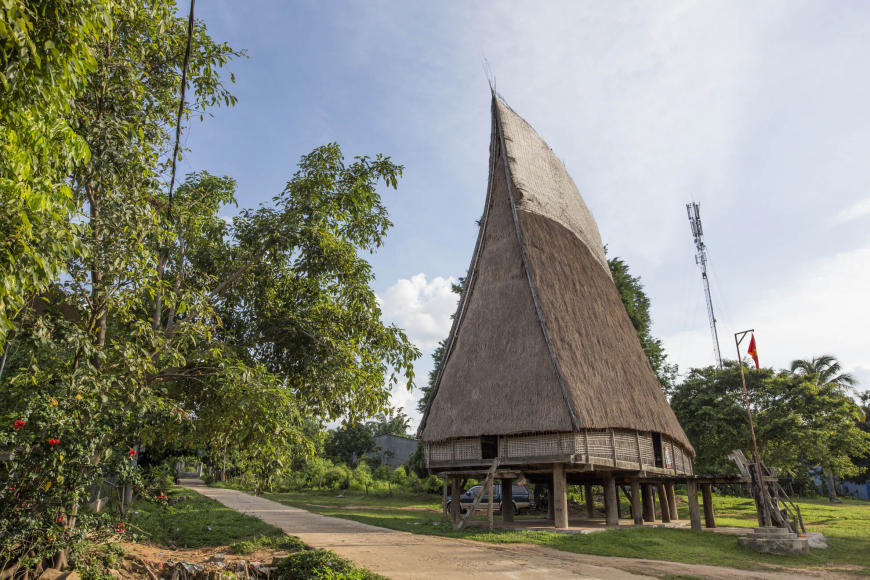
Source: Internet
We’re not talking corporate-styled coffee houses; we’re talking serious sensory and architectural wonders—where the coffee is homegrown and the variety of concoctions are unapparelled. Vietnamese cafés also serve juices, smoothies, baked goods and sometimes full-blown meals. Here’s a short list for your consideration when visiting Kon Tum:
Indochine Coffee is arguably the most astounding café with a view overlooking the Dakbla River. Named one of the top five architectural works in 2014 and designed by renowned architect Vo Trong Nghia.
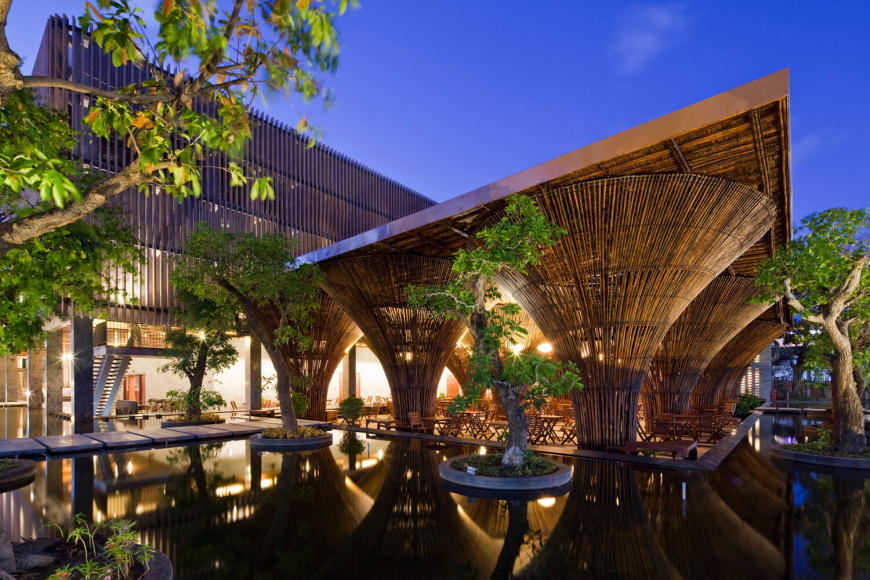
Source: Internet
Eva Café honors the architecture of Central Highlands culture—a dizzying array of relics, art, crawling vines and flowers. A real step back in time.
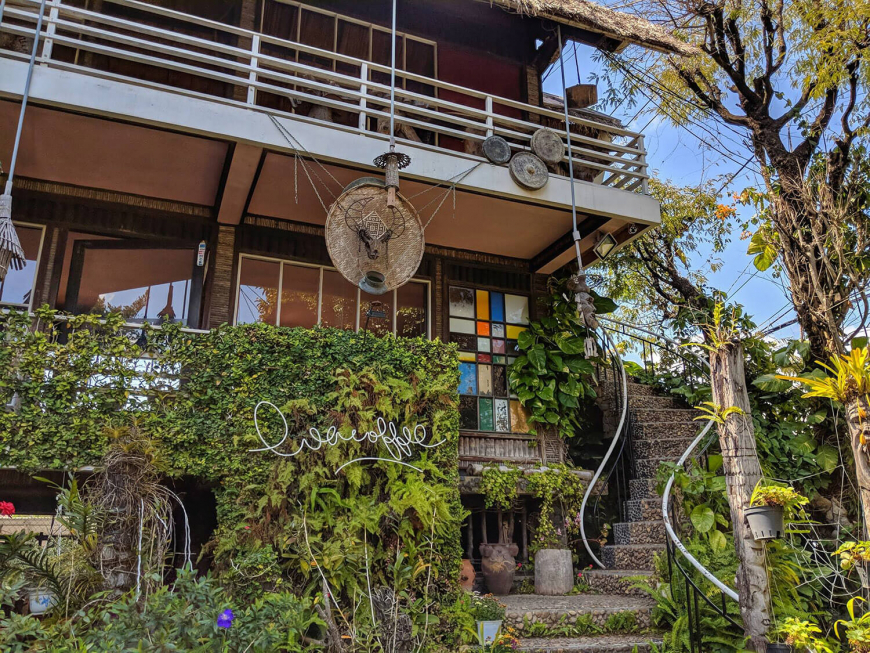
Source: Internet
Passion Coffee is a bit more upscale in tone and is known as much for its milk teas, sponge cakes and elaborately designed baked goods as for its coffee.
Mesa Bakery & Coffee is a mix of modern and traditional - two floors, lanterns dangling, fresh-baked pizza and a young, eager staff.
If sipping to the sounds of live acoustic music is your thing, you have a few options. Autumn Garden Cafe and Coffee House. Autumn Garden is roofed, but open-aired in the Highland style architecture. There’s live acoustic music in the evenings. Coffee House is a bustling hipster hangout. Ferns and palms fill this romantic space while acoustic music serenades.
The list goes on and on—dozens upon dozens of cool cafés, serving up the real deal, with names like Slow, La Hoa, Mandela, Loft, and Forest Rain (where patrons are immersed in a jumble of wild orchids).
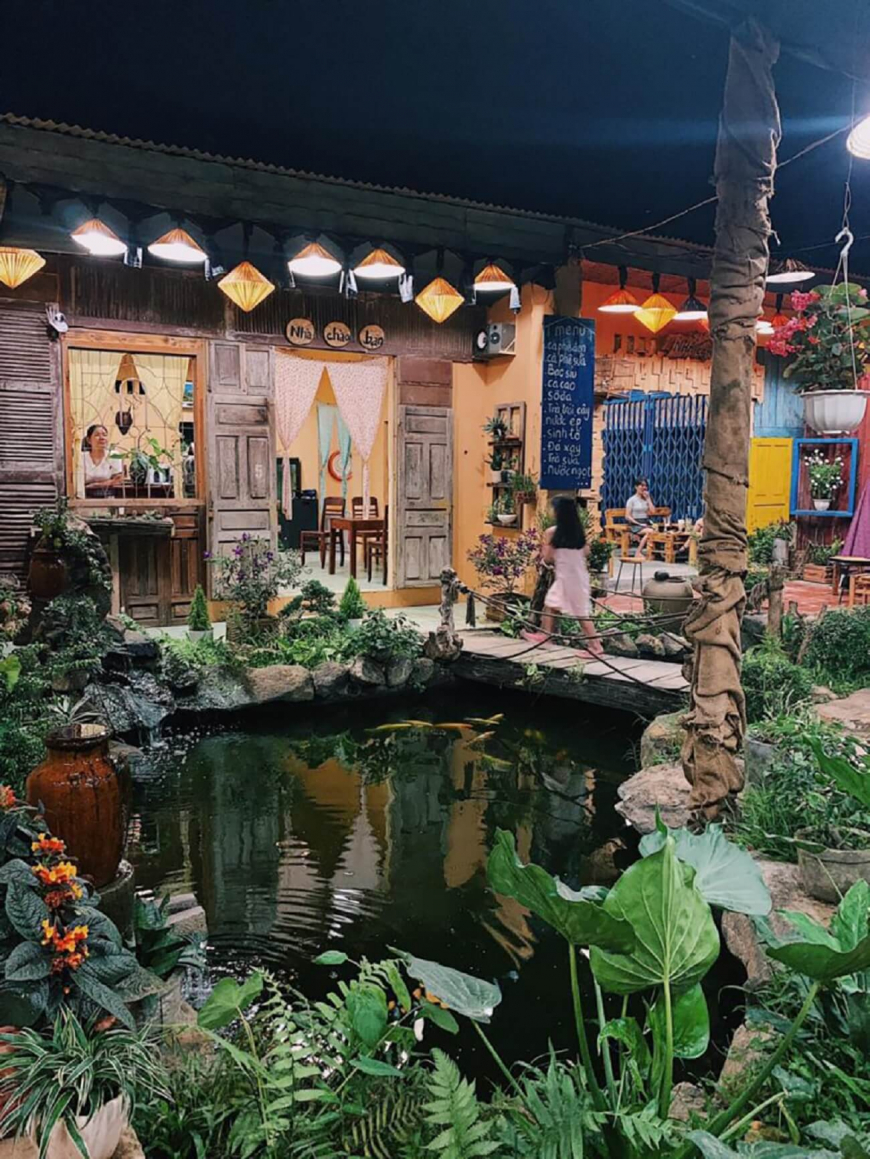
Source: Internet
In 2019, the seminal magazine Bloomberg Businessweek, touted Vietnamese coffee among the world’s best. They particularly noted: Ca phe sua da, slow dripped through a traditional Vietnamese coffee press. This dark roast comes with condensed milk and ice. Bloomberg placed it right up there with Italy’s Espresso Romano and Cuba’s Café Cubano.
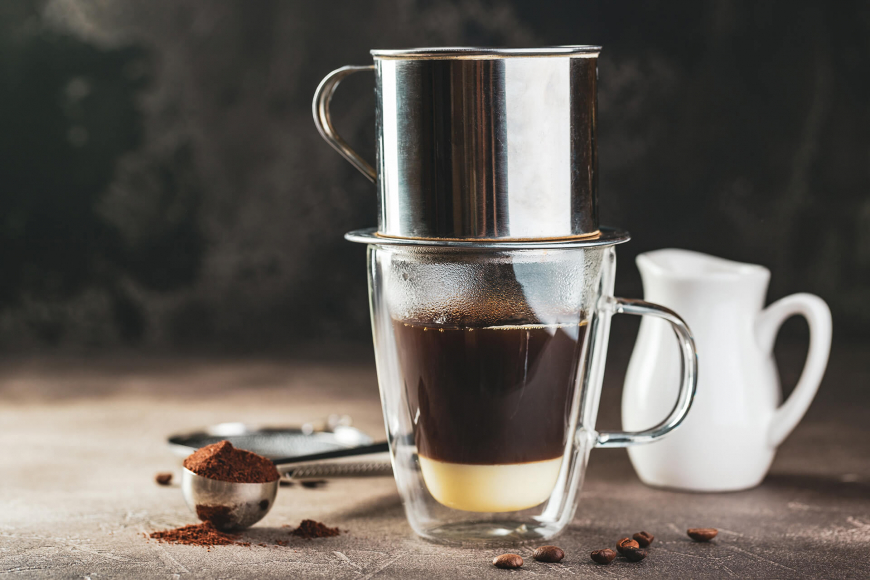
But Ca phe sua da has some pretty impressive stablemates. Consider Ca phe Trung (egg coffee), a Vietnamese drip with a layer of egg yolks to go along with the condensed milk and sugar. Or Ca phe Sua Dua (with coconut milk), or Sua Chua Ca phe (a French-inspired mix of creamy yogurts and black coffee). There’s Sinh to Ca phe, which is made from any number of tropical fruits (mango, banana, avocado…) with just a dash of java.
And then there’s Ca phe chon, aka Weasel coffee, which is actually a misnomer since weasel coffee in Vietnam comes from ferrets (for reasons of biology and taste). If you’re a little confused at this point, we’ll cut to the chase—the ferret poops the coffee bean out in its entirety, whereas the weasel chews them up. You may shudder but it’s the most expensive coffee in the world, and considered a delicacy.
For devotees and the curious alike, Kon Tum offers the ultimate coffee experience—from the growing to the harvesting, to your cup (or glass). Kon Tum truly lives up to its reputation as the Kingdom of Coffee …




